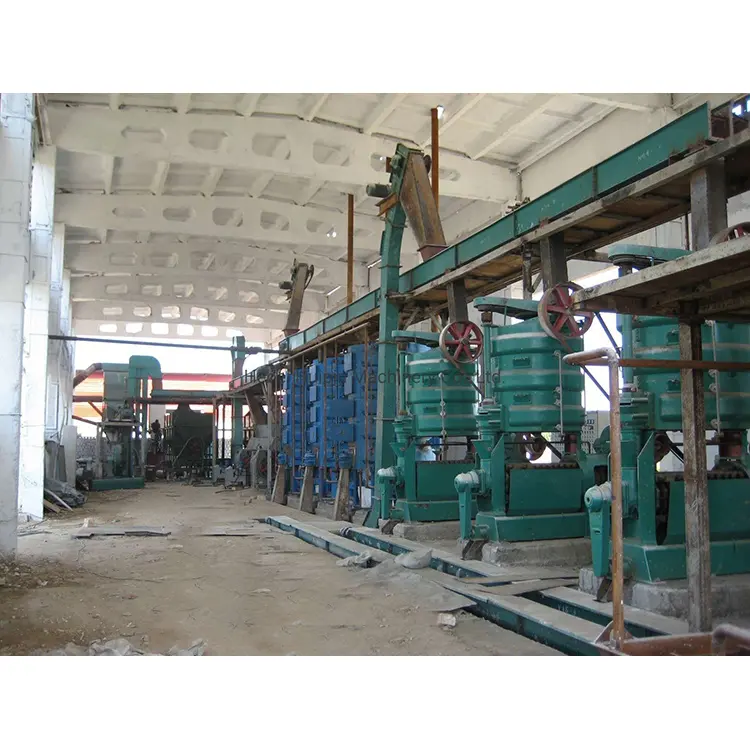Aug . 30, 2024 12:53 Back to list
Plate and Frame Filter Press Manufacturers | High-Quality Filtration Solutions
Understanding Plate and Frame Filter Press Factories
The filtration industry plays a crucial role in various sectors, including wastewater treatment, food and beverage, pharmaceuticals, and mining. Among the diverse filtration technologies available, plate and frame filter presses are widely recognized for their efficiency and effectiveness in solid-liquid separation processes. This article delves into the operations, components, and significance of plate and frame filter press factories.
What is a Plate and Frame Filter Press?
A plate and frame filter press is a type of mechanical device widely used for solid-liquid separation. It consists of a series of plates and frames, which create a series of chambers for the material being filtered. The process begins by feeding a slurry into the press. As pressure is applied, the liquid is forced through the filter media, leaving behind solid particles trapped in the frames. This system is particularly advantageous for processes involving high solid concentrations and where the separation of solids from liquids is required.
Key Components of a Plate and Frame Filter Press
1. Filter Plates These are the main components where the filtration occurs. Made from various materials such as polypropylene or stainless steel, the plates have a porous surface that allows liquid to pass while retaining solid particles.
2. Frames The frames hold the filter plates together and create space for the slurry. They are also typically equipped with a gasket to ensure a tight seal, preventing leaks during the filtration process.
4. Hydraulic System This system applies pressure to the plates, ensuring that the filter press remains closed during operation, thus maximizing filtration efficiency.
plate-and frame filter press factories

5. Draining System After the filtration process, the liquid is collected through a drainage system that directs it away from the press while allowing the solid cake to remain within the frames.
The Role of Factories in Production
Plate and frame filter press factories are pivotal in both designing and manufacturing these filtration systems. The process involves high precision in engineering to ensure that the components meet stringent quality and durability standards. With advancements in technology, modern factories utilize computer-aided design (CAD) and simulation software to optimize the manufacturing process, ensuring better performance and reduced lead times.
In addition to the production of new filter presses, many factories also offer maintenance and replacement parts services, ensuring a longer lifespan for existing equipment. This support is crucial for industries heavily reliant on filtration processes, as downtime can lead to significant financial losses.
Importance in Various Industries
The versatility of plate and frame filter presses makes them suitable for many applications. In wastewater treatment facilities, they help remove contaminants effectively before discharge. In the food and beverage industry, they play a vital role in clarifying juices and oils. In pharmaceuticals, they ensure the purity of final products by separating unwanted solids during the manufacturing process.
Conclusion
In summary, plate and frame filter press factories are essential to producing reliable and efficient filtration equipment. By understanding their components and operational significance, industries can better appreciate the importance of these machines in achieving effective solid-liquid separation. As demand continues to grow across various sectors, advancements in factory technologies will enhance the performance and efficiency of filtration systems, ultimately leading to more sustainable industrial practices.
-
High-Efficiency Peanut Oil Refined Machine for Quality Oil Production Leading Exporters & Companies
NewsJul.08,2025
-
High Efficiency Sunflower Seed Oil Press – Leading Cooking Oil Press Machine Factories & Suppliers
NewsJul.08,2025
-
High-Efficiency Soybean Oil Press Machine – Leading Exporters & Reliable Companies
NewsJul.07,2025
-
High-Efficiency Seed to Oil Extractor – Reliable Extraction Machinery for Your Business
NewsJul.07,2025
-
High-Quality Pressing Screw of Oil Expeller for Efficient Oil Extraction Leading Exporters & Manufacturers
NewsJul.06,2025
-
High-Efficiency Essential Oil Extraction Machine Trusted Exporters & Companies
NewsJul.06,2025
